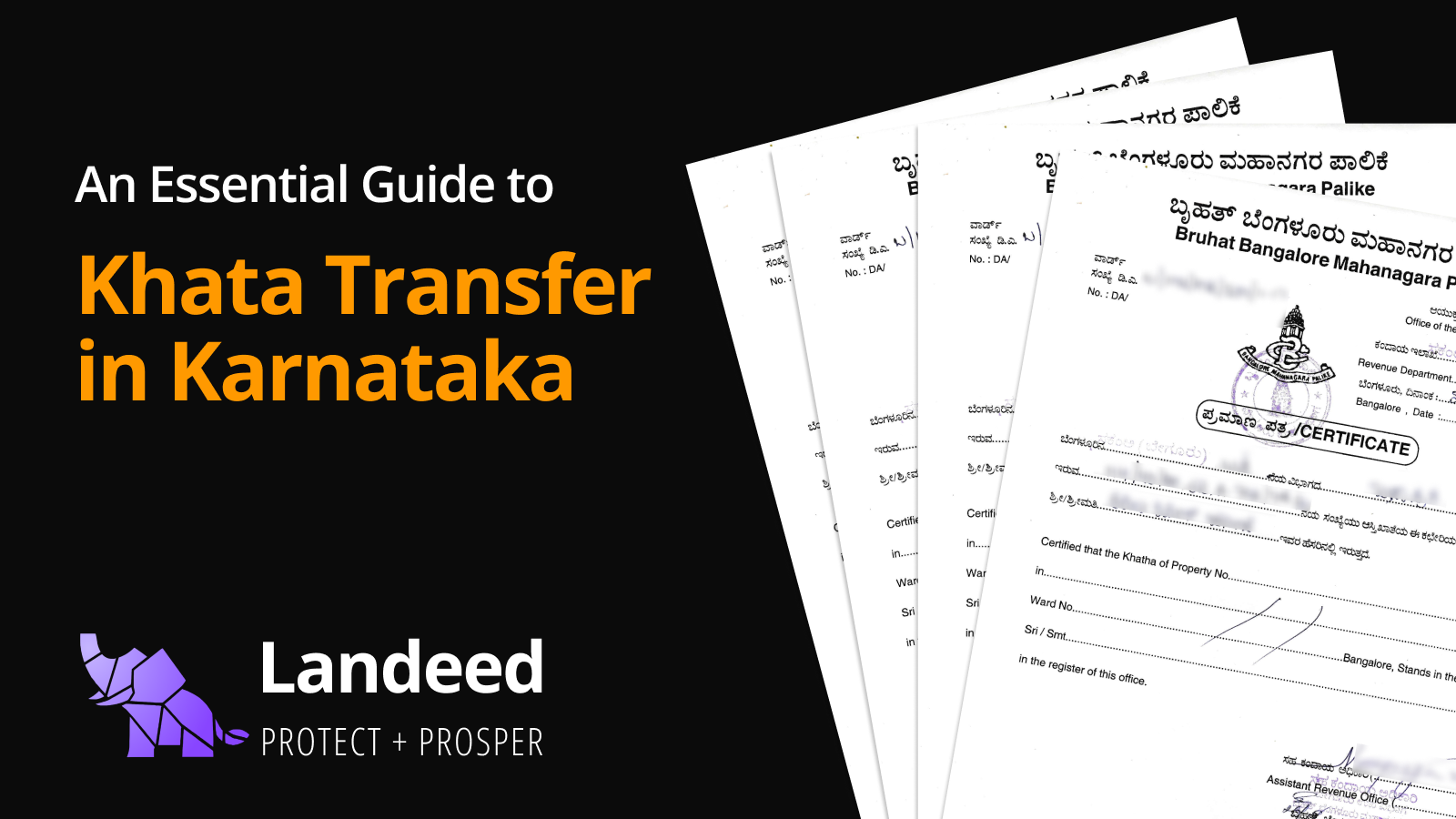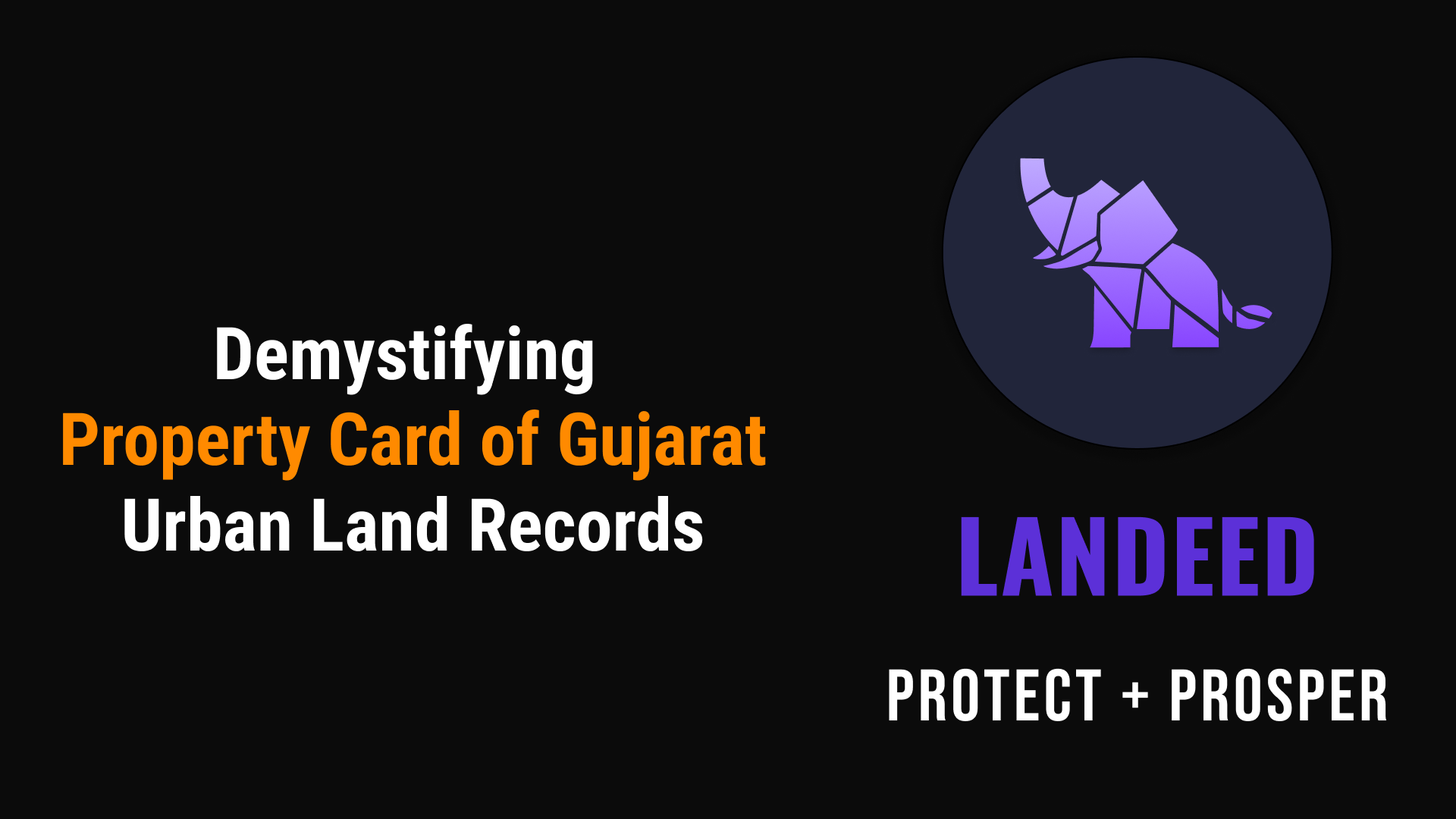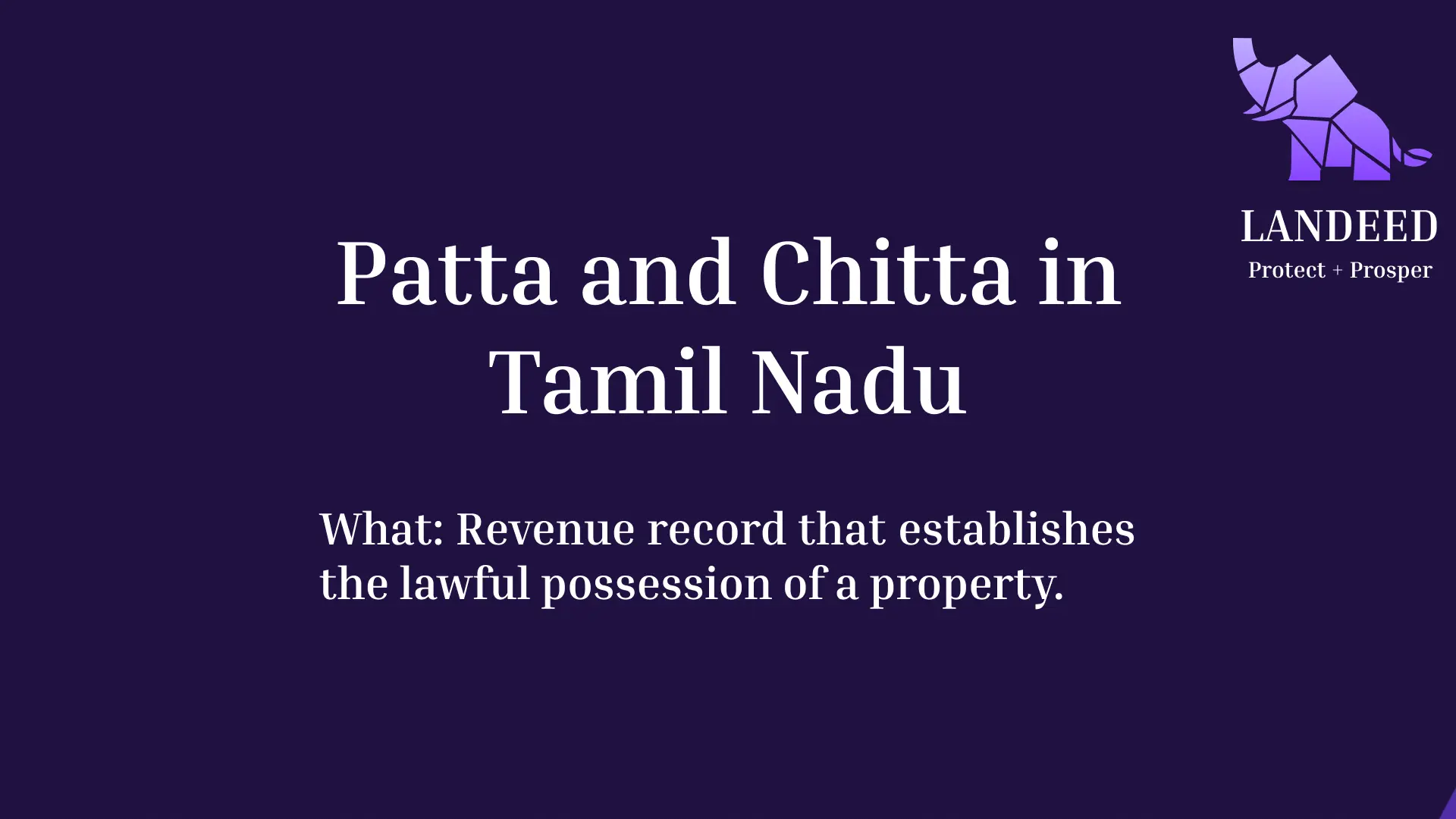

Just like everything else, the way land is governed in India has changed over the last 2 centuries. Land reforms were first introduced during British-led India & have been reformed as recently as 2015 but here we will talk about a curious case when the government tried to acquire more than 90% land of a Punjab state resident. This is the case of IC Golaknath vs State of Punjab, 1967. It was a significant event in Indian law as it tackled the government's authority to acquire land for public use, known as eminent domain. Here's a simplified breakdown:
About India In 1967:
- It was just 20 years since Independence & just like during the time of independence, the majority of our population was still under the poverty line.
- Most of the Indian economy relied upon farming, and along with many other things, the government was working on ways to improve land ownership and distribution.
- India was also focused on growing industries and building infrastructure to boost the economy.
Background of the case:

In Punjab, Henry and William Golaknath owned a large amount of farmland. In 1953, the government said they could only keep a small portion, taking the rest. Disagreeing with this, the Golaknath family took the matter to court. It reached the Supreme Court of India in 1965. The argument was around the government's decision to violate their rights to own property and work, as guaranteed by the Constitution. They wanted the 17th Amendment, which allowed the government to take their land, to be declared illegal.
Key Issues in the case:
A major question was whether taking the land for an industrial housing scheme counted as a "public purpose." The Golaknath family also claimed the government was being unfair and was only interested in private gains, not public good. The argument also revolved around the power parliament had over changing the constitution at its will.
The Decision of the Court:

The Supreme Court ruled that the government could take the land for the housing scheme as it helped the public by providing homes for industrial workers. However, the court also emphasized that the government's power to take land wasn't unlimited. It had to be fair and follow rules to protect people's rights. Unfortunately, this decision did not affect the IC Golaknath’s argument however the government stopped exercising its power for all such future cases.
Impact:
This was a necessary decision for the changing India as clear rules were provided on when the government can acquire citizen’s land for social welfare for all such cases. Balancing the act of the public needs with individual rights was the right way ahead for the country & its citizens to flourish.
Changes Afterward:
In 1971, the parliament introduced amendment 24 which gave the parliament the authority to change any section of the constitution, including the fundamental rights.












